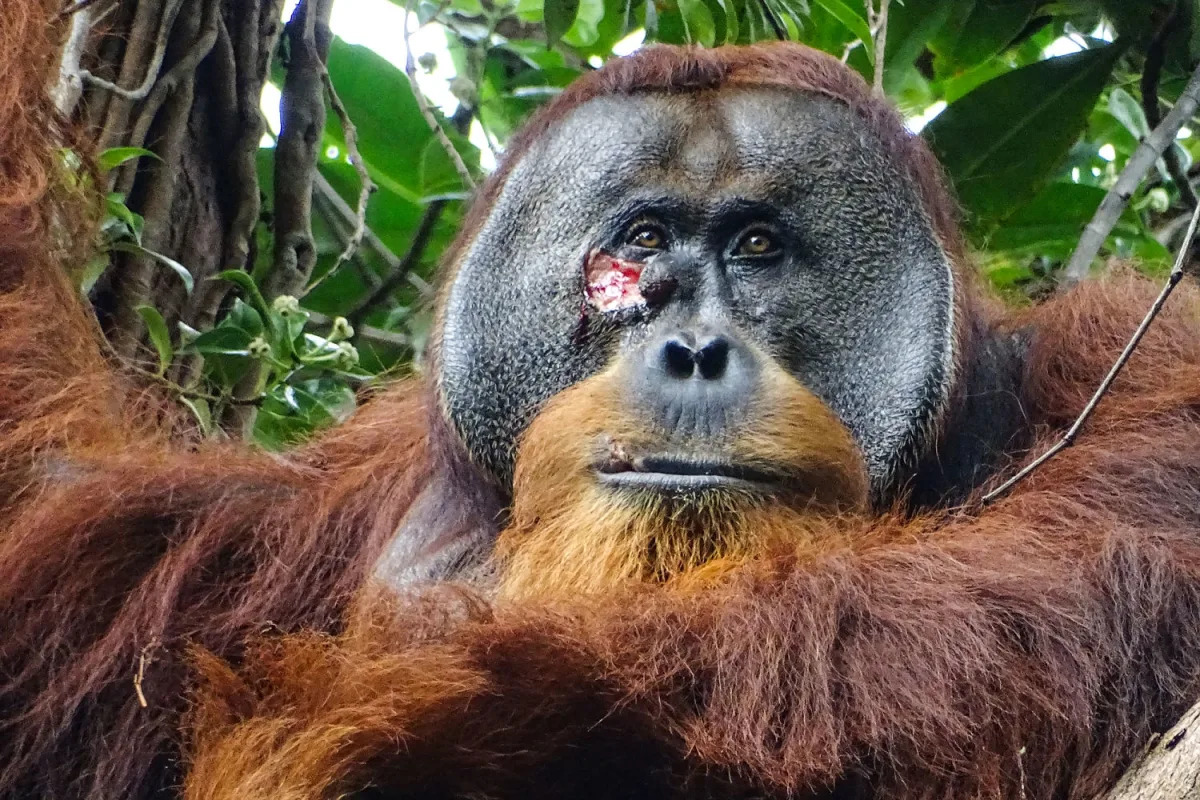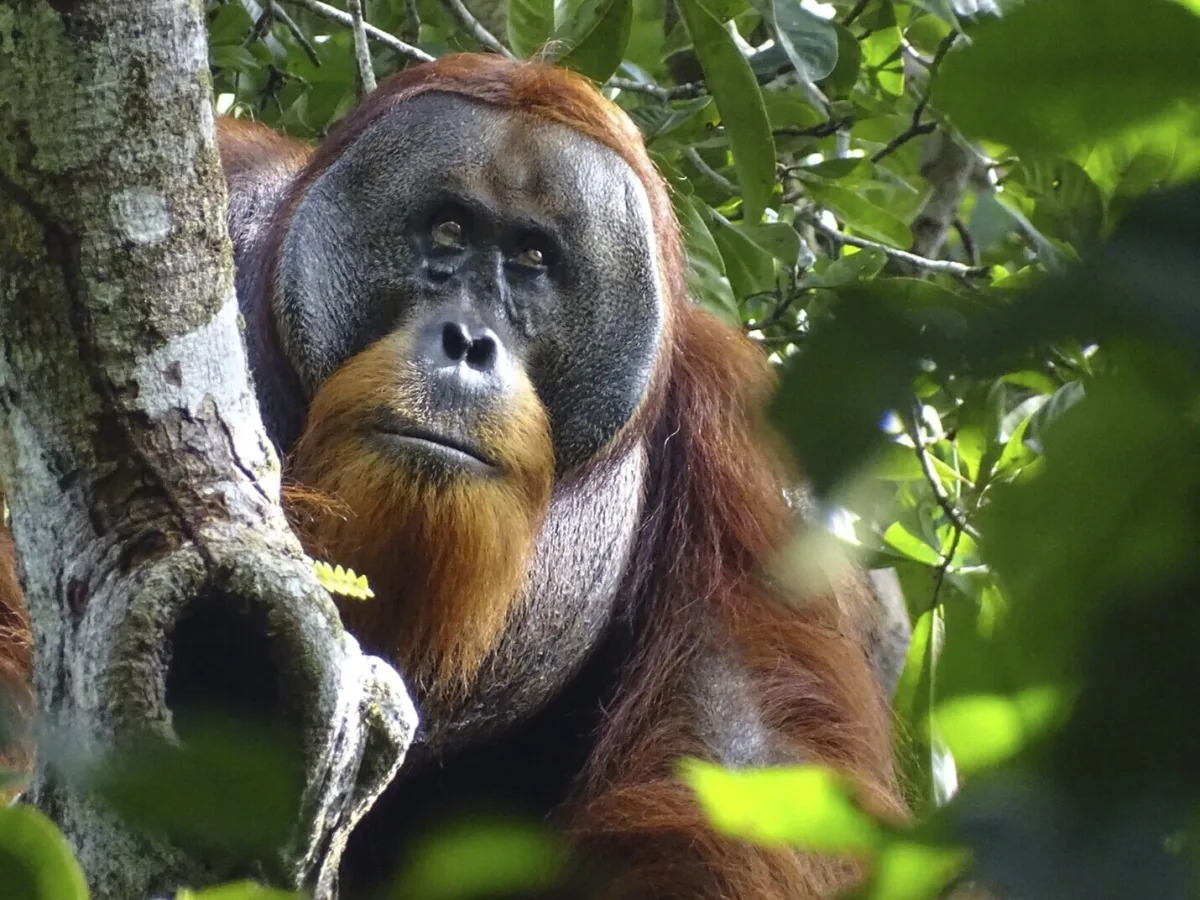Bees play by rolling wooden balls — apparently for fun. The cleaner wrasse fish appears to recognize its own visage in an underwater mirror. Octopuses seem to react to anesthetic drugs and will avoid settings where they likely experienced past pain.
All three of these discoveries came in the last five years — indications that the more scientists test animals, the more they find that many species may have inner lives and be sentient. A surprising range of creatures have shown evidence of conscious thought or experience, including insects, fish and some crustaceans.
That has prompted a group of top researchers on animal cognition to publish a new pronouncement that they hope will transform how scientists and society view — and care — for animals.
Nearly 40 researchers signed “The New York Declaration on Animal Consciousness,” which was first presented at a conference at New York University on Friday morning. It marks a pivotal moment, as a flood of research on animal cognition collides with debates over how various species ought to be treated.
The declaration says there is “strong scientific support” that birds and mammals have conscious experience, and a “realistic possibility” of consciousness for all vertebrates — including reptiles, amphibians and fish. That possibility extends to many creatures without backbones, it adds, such as insects, decapod crustaceans (including crabs and lobsters) and cephalopod mollusks, like squid, octopus and cuttlefish.
“When there is a realistic possibility of conscious experience in an animal, it is irresponsible to ignore that possibility in decisions affecting that animal,” the declaration says. “We should consider welfare risks and use the evidence to inform our responses to these risks.”
Jonathan Birch, a professor of philosophy at the London School of Economics and a principal investigator on the Foundations of Animal Sentience project, is among the declaration’s signatories. Whereas many scientists in the past assumed that questions about animal consciousness were unanswerable, he said, the declaration shows his field is moving in a new direction.
“This has been a very exciting 10 years for the study of animal minds,” Birch said. “People are daring to go there in a way they didn’t before and to entertain the possibility that animals like bees and octopuses and cuttlefish might have some form of conscious experience.”
From 'automata' to sentient
There is not a standard definition for animal sentience or consciousness, but generally the terms denote an ability to have subjective experiences: to sense and map the outside world, to have capacity for feelings like joy or pain. In some cases, it can mean that animals possess a level of self-awareness.
In that sense, the new declaration bucks years of historical science orthodoxy. In the 17th century, the French philosopher René Descartes argued that animals were merely “material automata” — lacking souls or consciousness.
Descartes believed that animals “can’t feel or can’t suffer,” said Rajesh Reddy, an assistant professor and director of the animal law program at Lewis & Clark College. “To feel compassion for them, or empathy for them, was somewhat silly or anthropomorphizing.”
In the early 20th century, prominent behavioral psychologists promoted the idea that science should only study observable behavior in animals, rather than emotions or subjective experiences. But beginning in the 1960s, scientists started to reconsider. Research began to focus on animal cognition, primarily among other primates.
Birch said the new declaration attempts to “crystallize a new emerging consensus that rejects the view of 100 years ago that we have no way of studying these questions scientifically.”
Indeed, a surge of recent findings underpin the new declaration. Scientists are developing new cognition tests and trying pre-existing tests on a wider range of species, with some surprises.
Take, for example, the mirror-mark test, which scientists sometimes use to see if an animal recognizes itself.
In a series of studies, the cleaner wrasse fish seemed to pass the test.
The fish were placed in a tank with a covered mirror, to which they exhibited no unusual reaction. But after the cover was lifted, seven of 10 fish launched attacks toward the mirror, signaling they likely interpreted the image as a rival fish.
After several days, the fish settled down and tried odd behaviors in front of the mirror, like swimming upside down, which had not been observed in the species before. Later, some appeared to spend an unusual amount of time in front of the mirror, examining their bodies. Researchers then marked the fish with a brown splotch under the skin, intended to resemble a parasite. Some fish tried to rub the mark off.
“The sequence of steps that you would only ever have imagined seeing with an incredibly intelligent animal like a chimpanzee or a dolphin, they see in the cleaner wrasse,” Birch said. “No one in a million years would have expected tiny fish to pass this test.”
In other studies, researchers found that zebrafish showed signs of curiosity when new objects were introduced into their tanks and that cuttlefish could remember things they saw or smelled. One experiment created stress for crayfish by electrically shocking them, then gave them anti-anxiety drugs used in humans. The drugs appeared to restore their usual behavior.
Birch said these experiments are part of an expansion of animal consciousness research over the past 10 to 15 years.
“We can have this much broader canvas where we’re studying it in a very wide range of animals and not just mammals and birds, but also invertebrates like octopuses, cuttlefish,” he said. “And even increasingly, people are talking about this idea in relation to insects.”
As more and more species show these types of signs, Reddy said, researchers might soon need to reframe their line of inquiry altogether: “Scientists are being forced to reckon with this larger question — not which animals are sentient, but which animals aren’t?”
New legal horizons
Scientists’ changing understanding of animal sentience could have implications for U.S. law, which does not classify animals as sentient on a federal level, according to Reddy. Instead, laws pertaining to animals focus primarily on conservation, agriculture or their treatment by zoos, research laboratories and pet retailers.
“The law is a very slow moving vehicle and it really follows societal views on a lot of these issues,” Reddy said. “This declaration, and other means of getting the public to appreciate that animals are not just biological automatons, can create a groundswell of support for raising protections.”
State laws vary widely. A decade ago, Oregon passed a law recognizing animals as sentient and capable of feeling pain, stress and fear, which Reddy said has formed the bedrock of progressive judicial opinions in the state.
Meanwhile, Washington and California are among several states where lawmakers this year have considered bans on octopus farming, a species for which scientists have found strong evidence of sentience.
British law was recently amended to consider octopuses sentient beings — along with crabs and lobsters.
“Once you recognize animals as sentient, the concept of humane slaughter starts to matter, and you need to make sure that the sort of methods you’re using on them are humane,” Birch said. “In the case of crabs and lobsters, there are pretty inhumane methods, like dropping them into pans of boiling water, that are very commonly used.”
This article was originally published on NBCNews.com

 German (DE)
German (DE)  English (US)
English (US)  Spanish (ES)
Spanish (ES)  French (FR)
French (FR)  Hindi (IN)
Hindi (IN)  Italian (IT)
Italian (IT)  Russian (RU)
Russian (RU)  1 week ago
1 week ago
























Comments